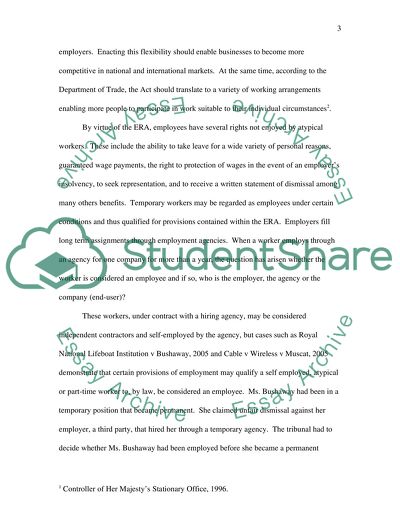Cite this document
(“Employment Law Essay Example | Topics and Well Written Essays - 3000 words - 3”, n.d.)
Retrieved from https://studentshare.org/law/1535765-employment-law
Retrieved from https://studentshare.org/law/1535765-employment-law
(Employment Law Essay Example | Topics and Well Written Essays - 3000 Words - 3)
https://studentshare.org/law/1535765-employment-law.
https://studentshare.org/law/1535765-employment-law.
“Employment Law Essay Example | Topics and Well Written Essays - 3000 Words - 3”, n.d. https://studentshare.org/law/1535765-employment-law.


